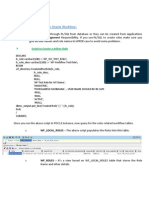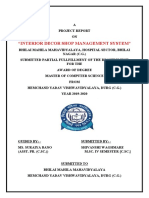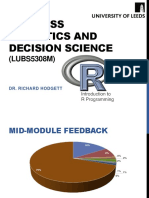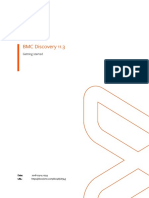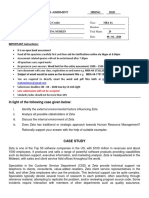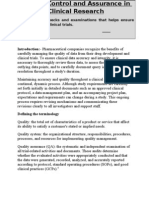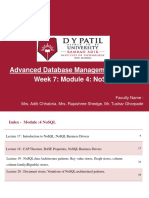0% found this document useful (0 votes)
110 views7 pagesDBMS Unit1 Unit2 Notes
The document provides detailed notes on the fundamentals of databases and data modeling, covering topics such as database users, characteristics, advantages, and disadvantages of DBMS, as well as data models and normalization techniques. It explains the Entity-Relationship model, relational data model, and the importance of normalization in reducing redundancy and improving data integrity. Additionally, it outlines the three-schema architecture and various database system architectures.
Uploaded by
sahilsahil69221Copyright
© © All Rights Reserved
We take content rights seriously. If you suspect this is your content, claim it here.
Available Formats
Download as PDF, TXT or read online on Scribd
0% found this document useful (0 votes)
110 views7 pagesDBMS Unit1 Unit2 Notes
The document provides detailed notes on the fundamentals of databases and data modeling, covering topics such as database users, characteristics, advantages, and disadvantages of DBMS, as well as data models and normalization techniques. It explains the Entity-Relationship model, relational data model, and the importance of normalization in reducing redundancy and improving data integrity. Additionally, it outlines the three-schema architecture and various database system architectures.
Uploaded by
sahilsahil69221Copyright
© © All Rights Reserved
We take content rights seriously. If you suspect this is your content, claim it here.
Available Formats
Download as PDF, TXT or read online on Scribd
/ 7






















































































